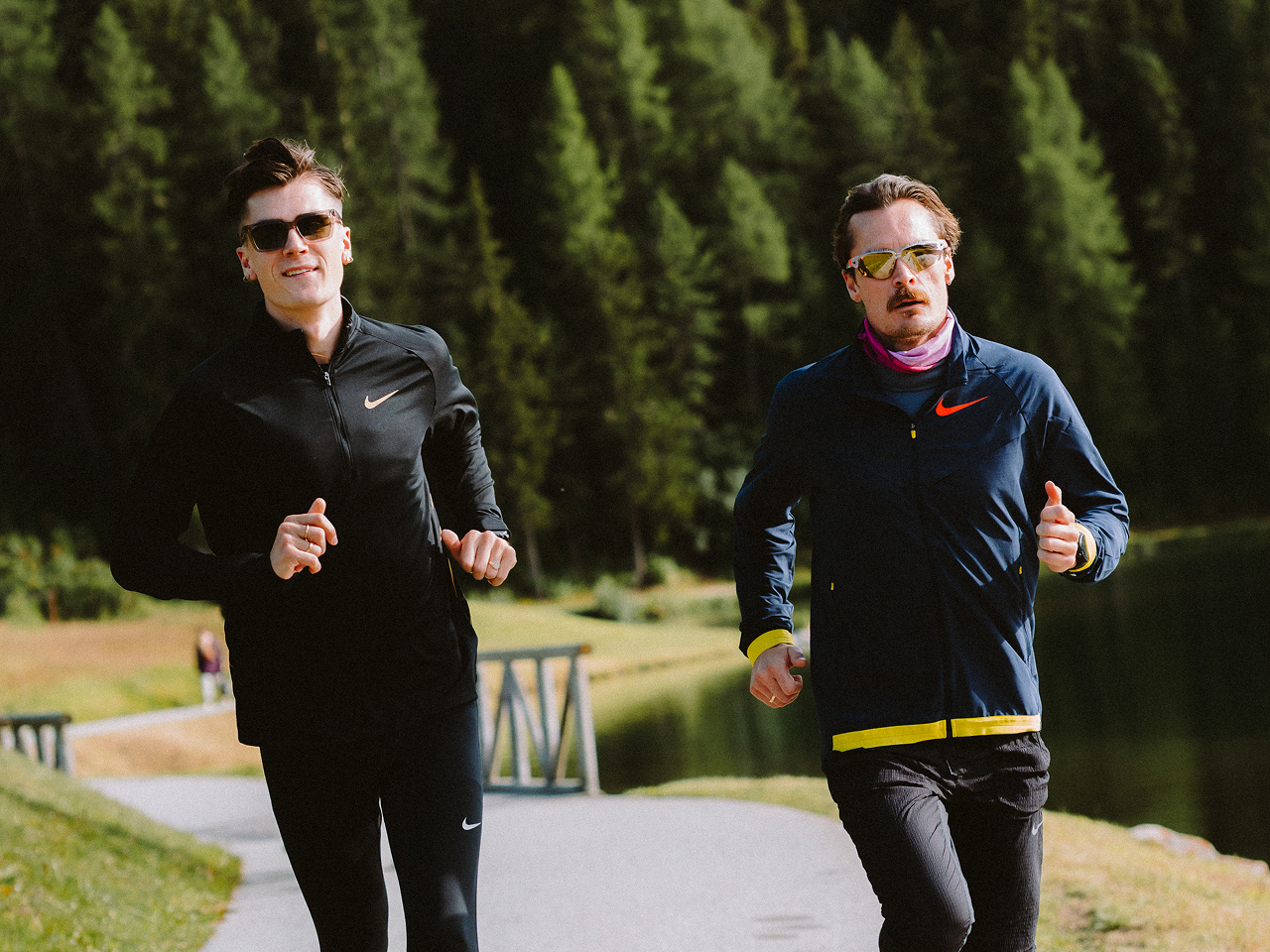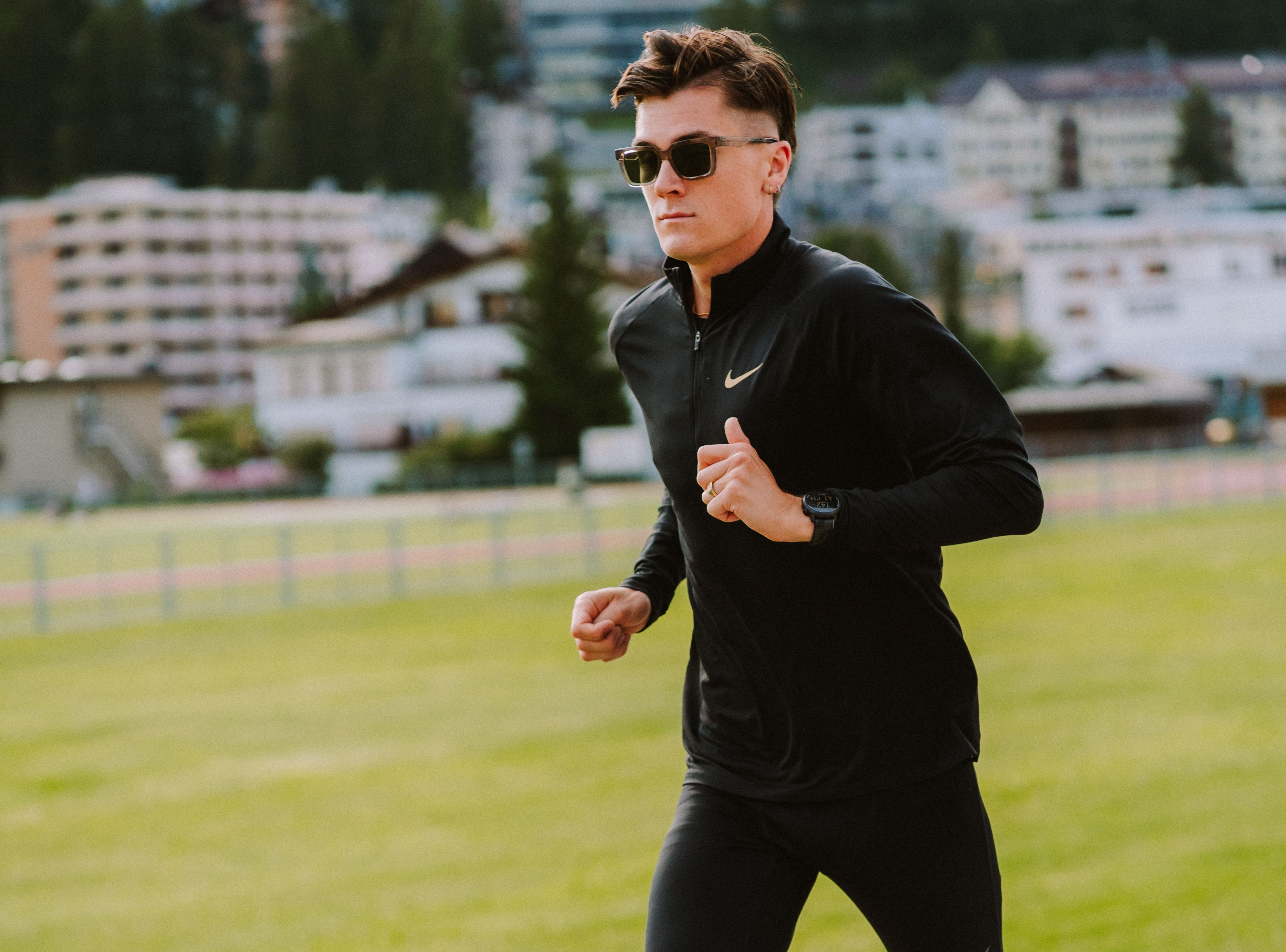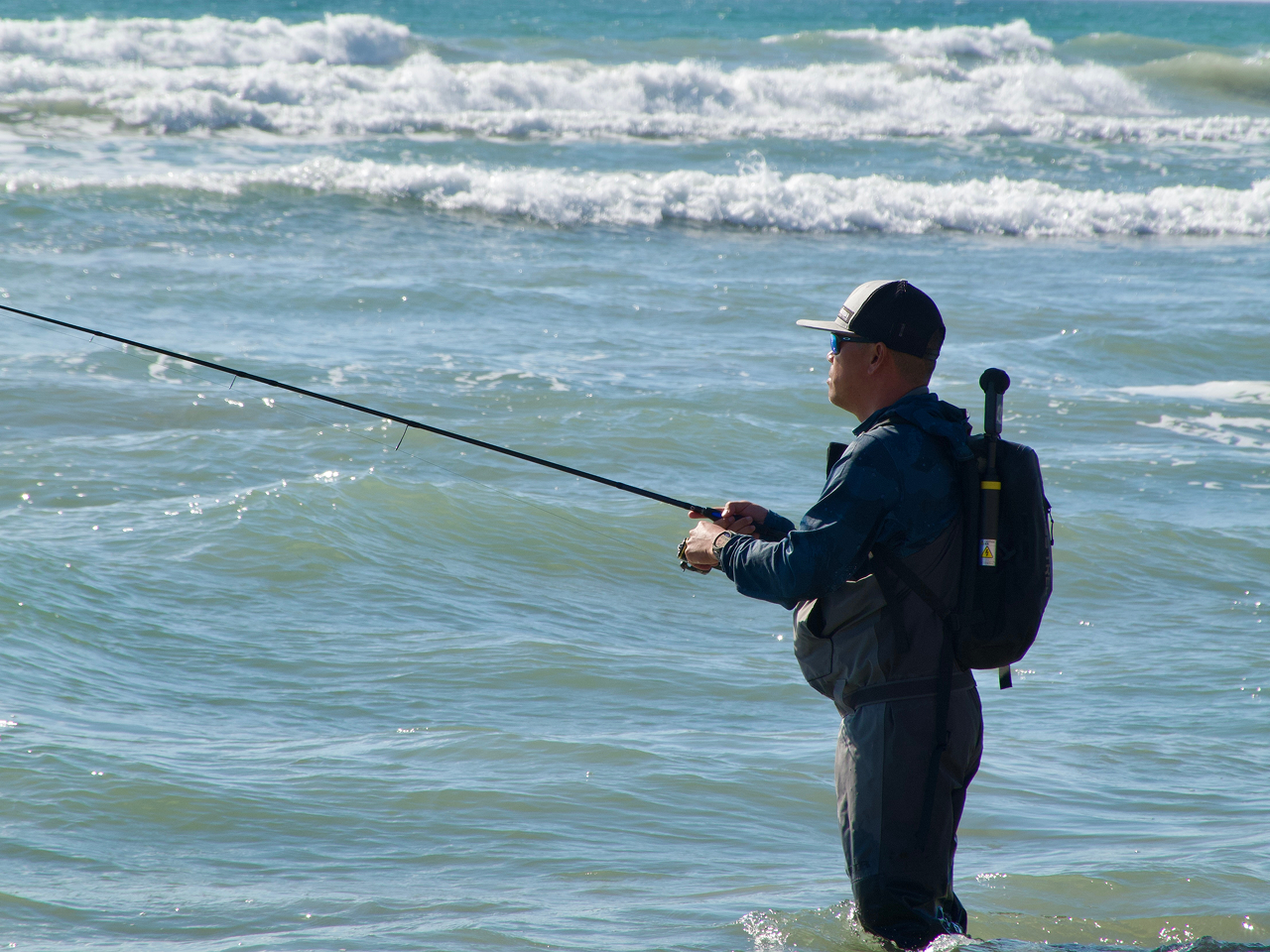As the temperature drops and race calendars start to thin out, it’s time to start thinking about taking a break. Sometimes the end of the season can’t come soon enough as your body moans from the long year. Other times, it's tempting to push forward.
If you’ve just hit a personal best, you may be tempted to line up for another event. If your season didn’t go as planned, you might feel like you still have something to prove. Don’t fall into these traps. The last-ditch efforts to extend the season almost always fall short, and usually have lingering effects the following year as well. Be disciplined, take the rest you need, and stay confident that it’ll pay off.
Taking Some Rest
As a general rule of thumb, you should plan to take 2-4 weeks away from your primary sport. If you're eager to get back, take a minimum of 2 weeks. This is the minimum amount of time that your body needs to recover and reset. If you’re mentally drained or physically worn down, then 4 weeks is a good amount of time to rest without making the return too arduous.
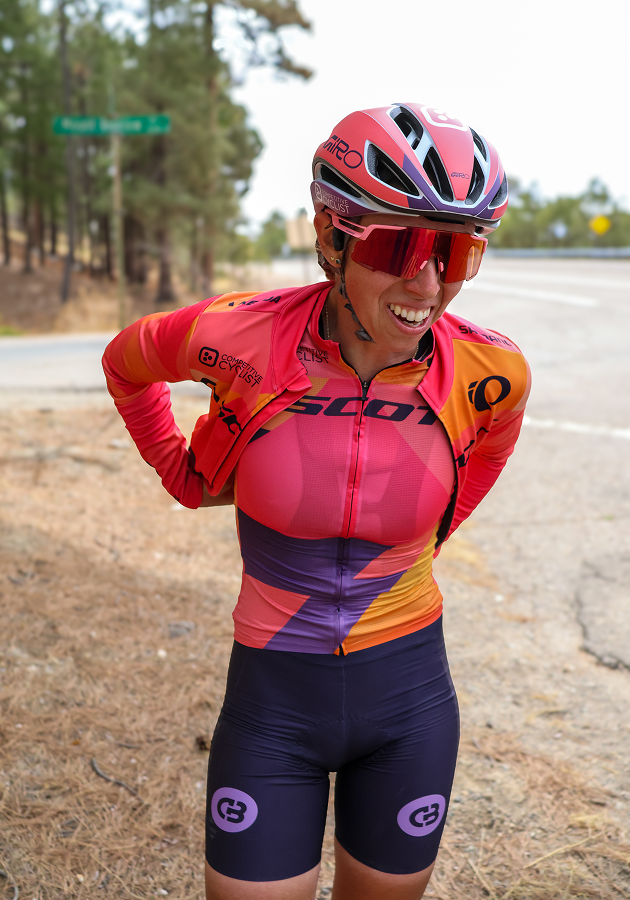
Long-term rest is important after a full race season
The rest will serve two main purposes: physical recovery and re-kindling motivation. One of the ways to track your physical recovery is watching your HRV throughout your off-season. Ideally, your HRV will rise as your body recovers. Dedicated physical recovery is essential to ward off injury and over-training.
Re-kindling motivation is also a critical part of the off-season. Even if you feel motivated now, skipping rest may come back to bite you when you feel burnt out half way through next year.
Making Your Return
When you do return, start small. The number one mistake athletes make post-off-season is resuming training with too much volume or intensity too soon.
Use the Training Status feature in your COROS app to guide your comeback. You’ll move through phases:
- Resuming
- Maintaining
- Optimized
Be careful not to move into the “excessive” range. Aim to increase Training Load by no more than 10–12% per week, with rest weeks built in.
The First Phase Back: Base Training
When you begin your build back into training, you’ll spend most of your training time in aerobic zones. This means you should be able to breathe comfortably and hold a conversation. This will spark key adaptations in your body that will support your high intensity work later in the year.
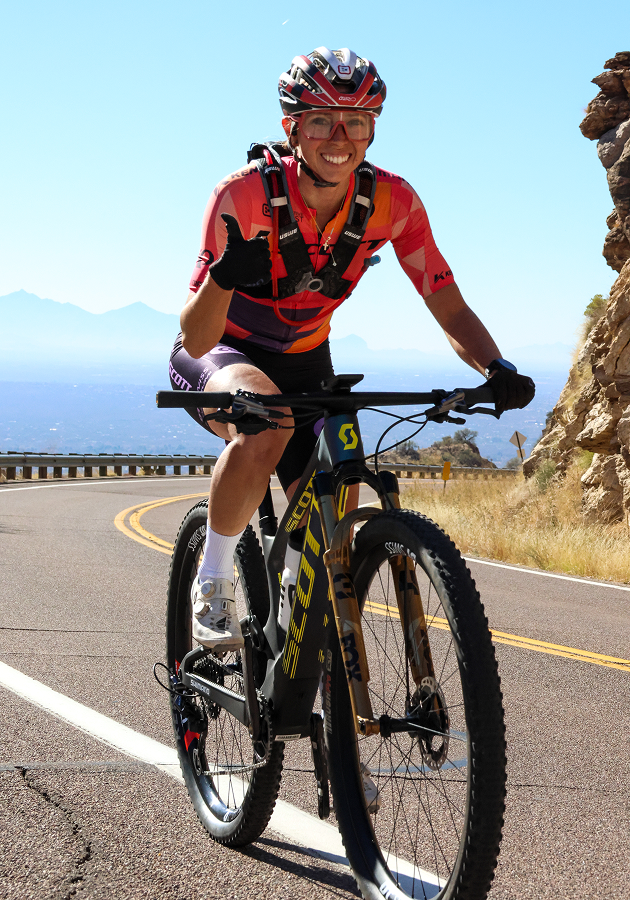
When you return, start with low-intensity riding
If you're training with a power meter, use your FTP to set targets:
- Base rides: 60–75% of FTP
- Include occasional intervals at tempo or sweet spot intensity
When to Start Training for Your Next Goal
Usually, the best time to take your off season is right after your final goal is in the rear-view mirror. However, if you have a vacation or other commitment scheduled that will keep you away from training, you may want to build your off-season around that.
Once you resume training, count backward from your A event to build your season. A typical build-up is 12–24 weeks, and where you fall into that range depends on your experience level. Newer athletes will benefit from starting earlier, while experienced athletes may need fewer weeks of base work.
Dream Big
As you embrace the off-season, use this time to think about your goals for next year. Pause to reflect on what you did well this past year and where you think you can make the biggest improvements. Write down process, performance, and outcome goals for the upcoming season. Having clear goals will help guide your training choices and keep you accountable.
The off-season is a strategic investment in your future performance. Listen to your body, trust the process, and give yourself the time to recover fully. When you return, you'll be ready to take on your biggest challenges yet.

/filters:quality(90)/fit-in/970x750/coros-web-faq/upload/images/95865ee30cede24ee9209c87242e7212.jpg)
